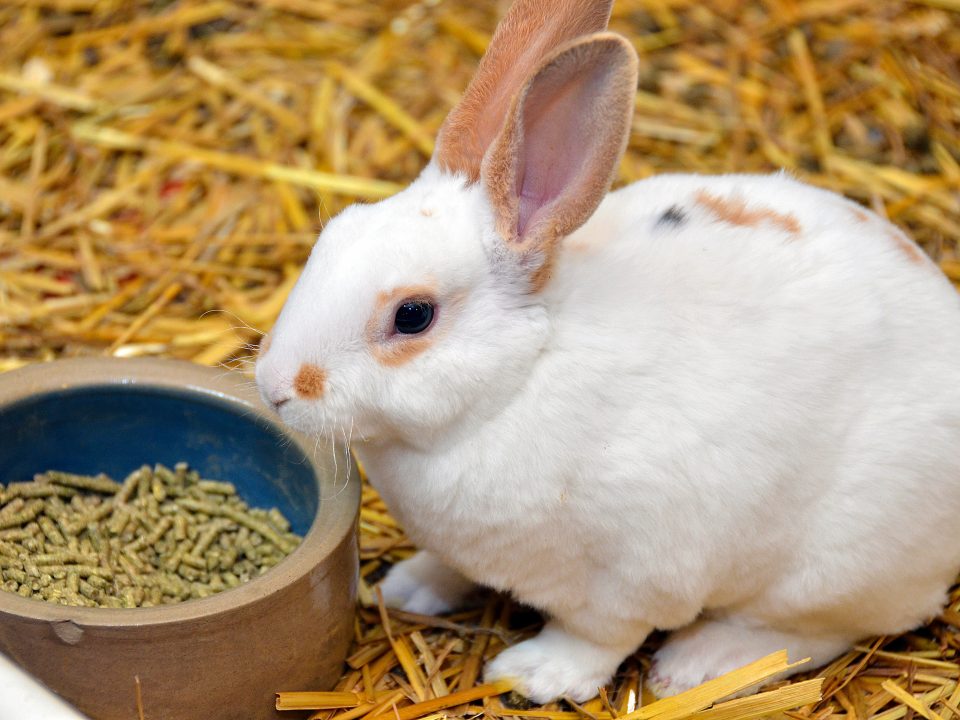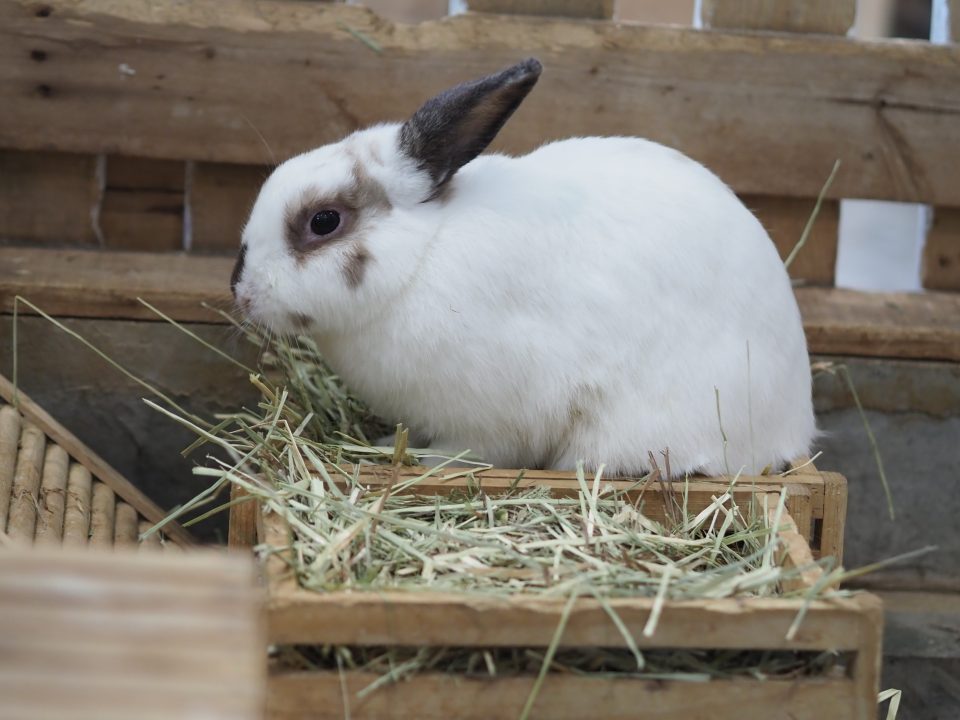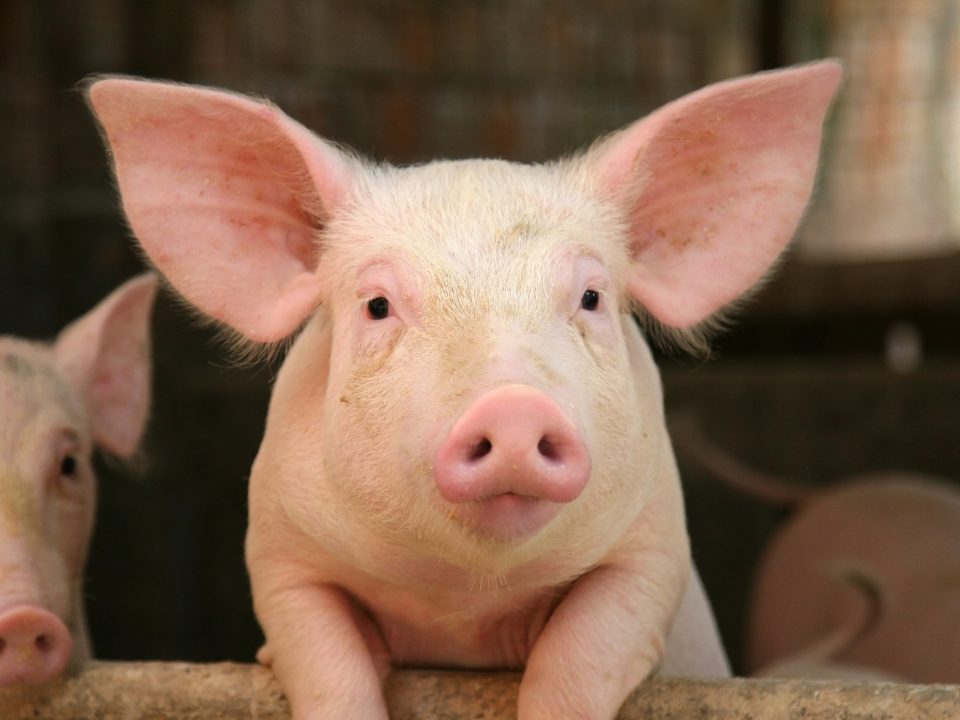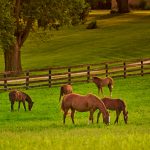
Welcoming Spring: A Guide to Transitioning Horses to Pasture
April 16, 2025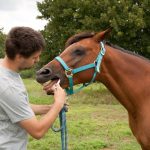
The Importance of an Annual Deworming Schedule for Horses
June 2, 2025Understanding and Managing Colic in Horses
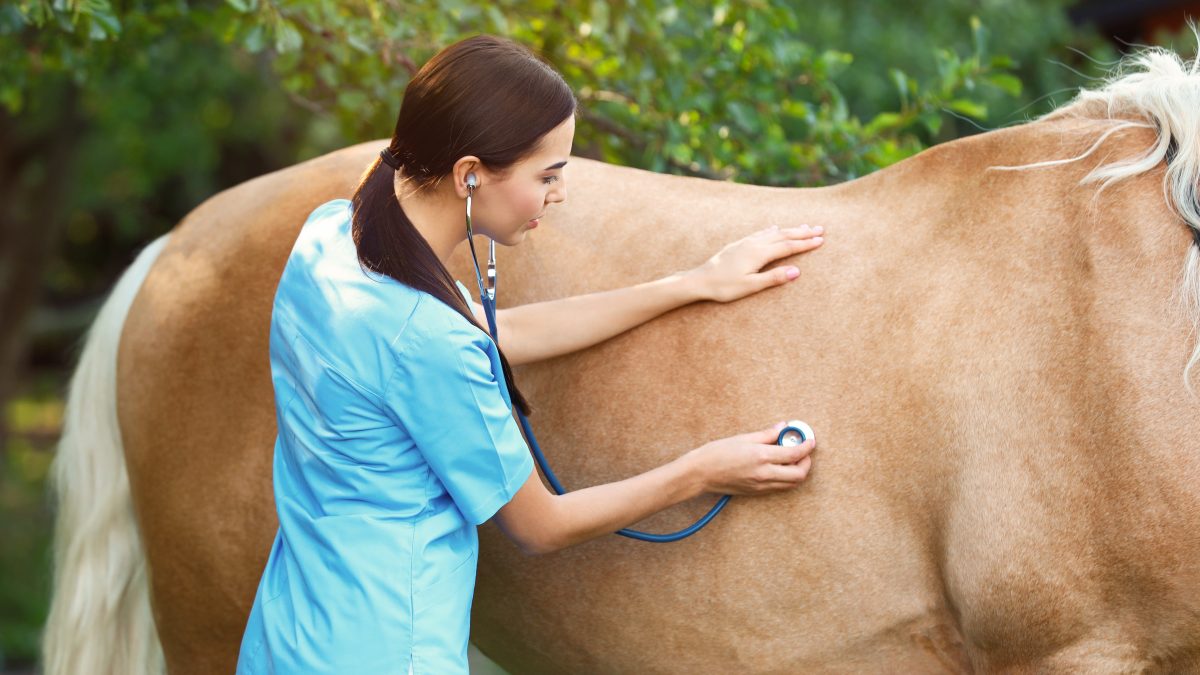
Most horse owners’ primary concern for their horses is colic. To reduce the risk of colic, it’s essential to understand the various contributing factors, many of which stem from human mismanagement.
Horses evolved in arid regions of Asia and the Middle East as hindgut herbivores, designed to forage over large areas (up to 20 miles daily) to meet their nutritional needs. With a small stomach comprising only 7% of their digestive tract, horses need to graze almost continuously, selectively eating the most nutritious plants. Occasionally, they would consume grass seeds, but not in large quantities. Domestication changed their lifestyle significantly, introducing confinement and altering their natural foraging behavior. Parasites became an issue due to confinement in small areas. Feeding schedules shifted to suit human convenience, transforming horses from continuous foragers to meal eaters, with grains becoming a primary energy source. Colic often results from feeding mismanagement and a lack of understanding of the horse’s digestive system.
Certain factors increase the risk of colic:
Colic Risk Factors:
- Recent change in diet
- Recent change in type of hay
- History of previous episodes of colic
- Horses stabled as opposed to pasture
- Recent change in housing
- Failure to deworm regularly
- History of recent deworming
Colic Prevention Program
1. Practice Good Parasite Control
Conduct a series of fecal exams to detect the presence of worms, providing a baseline assessment of the parasite level in the herd. Based on these results, establish a deworming schedule. Choose a broad-spectrum anthelmintic that is safe for the class of horses and the level of infection present. Avoid overly aggressive “purge deworming” products, as they can have disastrous results. Consult with your veterinarian for recommendations on the types of products available.
2. Regular Dental Care
A horse’s teeth grow 1/8 inch per year and need to be floated annually. Proper grinding of grain reduces particle size and allows for salivation, with amylase aiding in digestion. Thorough chewing of hay helps prevent impaction. Horses with dental pain often shortcut chewing, missing many benefits of their ration, and increasing the incidence of choking.
3. Grain or Concentrate
Feed a grain or concentrate that minimizes starch content (low nonstructural carbohydrate) and includes other energy sources such as fat and digestible fiber. Always feed grains/concentrates at least twice a day and never feed more than 0.5% of body weight at any one feeding. Processed feeds (pelleting, steam flaked, etc.) increase starch gelatinization, enhancing pre-cecal digestion and reducing the risk of starch spilling into the cecum and colon, thereby lowering the risk of colic. Starch not digested pre-cecally can cause gas production, lactic acidosis, loss of bacterial flora, endotoxin production, colic, and laminitis.
4. Timing of Feeding
Horses are continuous eaters, so meals should be evenly spaced. If a meal is late, never feed more to make up for it. It is better to feed a little more hay and reduce the amount of concentrate for that meal. Return to normal feeding at the next meal.
5. Hay/Pasture
Horses experience less colic while on pasture, as it allows them to graze continually and provides exercise. Pastures are the best way to feed a horse and reduce feed and labor costs. However, variations in weather throughout the year can be problematic, so hay should be available when grass is short. Practice pasture rotation and mow frequently to keep it vegetative, increasing nutrient content and digestibility. Introduce horses to lush, high-moisture pasture gradually to prevent colic. Feed hay before allowing horses on pasture. Hay should always be fed at a minimum of 1% of body weight when horses are kept in confinement.
6. Individual Feeding
Feeding horses individually in stalls, pens, or by tying them up is ideal. This way, they can be fed according to body weight and condition without competition, which can cause a horse to bolt its feed and increase the risk of injury.
7. Dietary Changes
Remember that we are feeding the “bugs” in the horse’s colon and cecum, where millions of bacteria and protozoa digest fiber. Gradually increase new feed mixed with old feed over a 7-10 day period to allow microbial flora to adapt.
8. Water
Fresh, clean water is imperative. Decreased water consumption can lead to impaction in the colon and cecum. Water consumption depends on palatability, temperature, and availability. High solids, high mineral content, and contamination can lower intake. At the start of winter, water intake may drop because horses are not used to cold water, leading to impaction colics. Poor water quality, such as contamination by toxic algae, can also reduce water consumption.
Moldy Feed/Hay/Toxic Plants: Avoid moldy feedstuffs. Horses will not eat moldy hay if they have a choice. Baled hay may include toxic weeds and plants, so feed weed-free hay and inspect feed and hay carefully.
9. Foreign Material, Sand, Wood, Bedding, etc.
Indigestible materials can cause problems if ingested in significant amounts. Sand is a problem when horses spill feed and eat it off the ground, accumulating in the intestinal tract and causing colic. Tie horses while eating and turn them out to pasture afterward. A deficiency of roughage can cause horses to eat wood or bedding, and a salt or mineral deficiency can cause them to lick and chew on fences and trees.
10. Blister Beetles
Found in alfalfa fields, blister beetles are extremely toxic to horses and can cause severe colic. Ensure alfalfa is beetle-free and sourced from responsible dealers and growers. Alfalfa from the 1st or 2nd cutting is the safest.
11. Exercise
Feed horses at least 2 hours before or after exercise. Withhold grain feeding 8 hours before strenuous exercise; hay should be given in small portions in multiple feedings on the day of the event. Water should be available free choice.
12. Weigh Horses and Feed
Weigh horses using a scale or weight tape. Feed according to the manufacturer’s recommendations based on the horse’s weight and body condition. Feed by weight, not volume, as the weight of different feeds varies widely. Know the weight of a volume measurement.
13. Fast Eaters
Horses that bolt their feed should be fed in large bottom troughs where the feed can spread out. Smooth stones or feeders with large dimples can slow down consumption and reduce waste.
14. Happy Horses
Minimize stress by keeping horses in small, consistent groups. Horses are social animals and anxiety from moving them around can cause colic. If horses pair up and need to be separated, use sedation to minimize anxiety. By keeping horses in a natural state in a pasture environment and considering all the above factors, colic can be an infrequent occurrence.
At Country Companion, we care deeply about your horses’ well-being and are committed to being your partner in building a strong nutritional foundation. For high-quality feed and forage products, explore our options at Countrycompanion.com.

